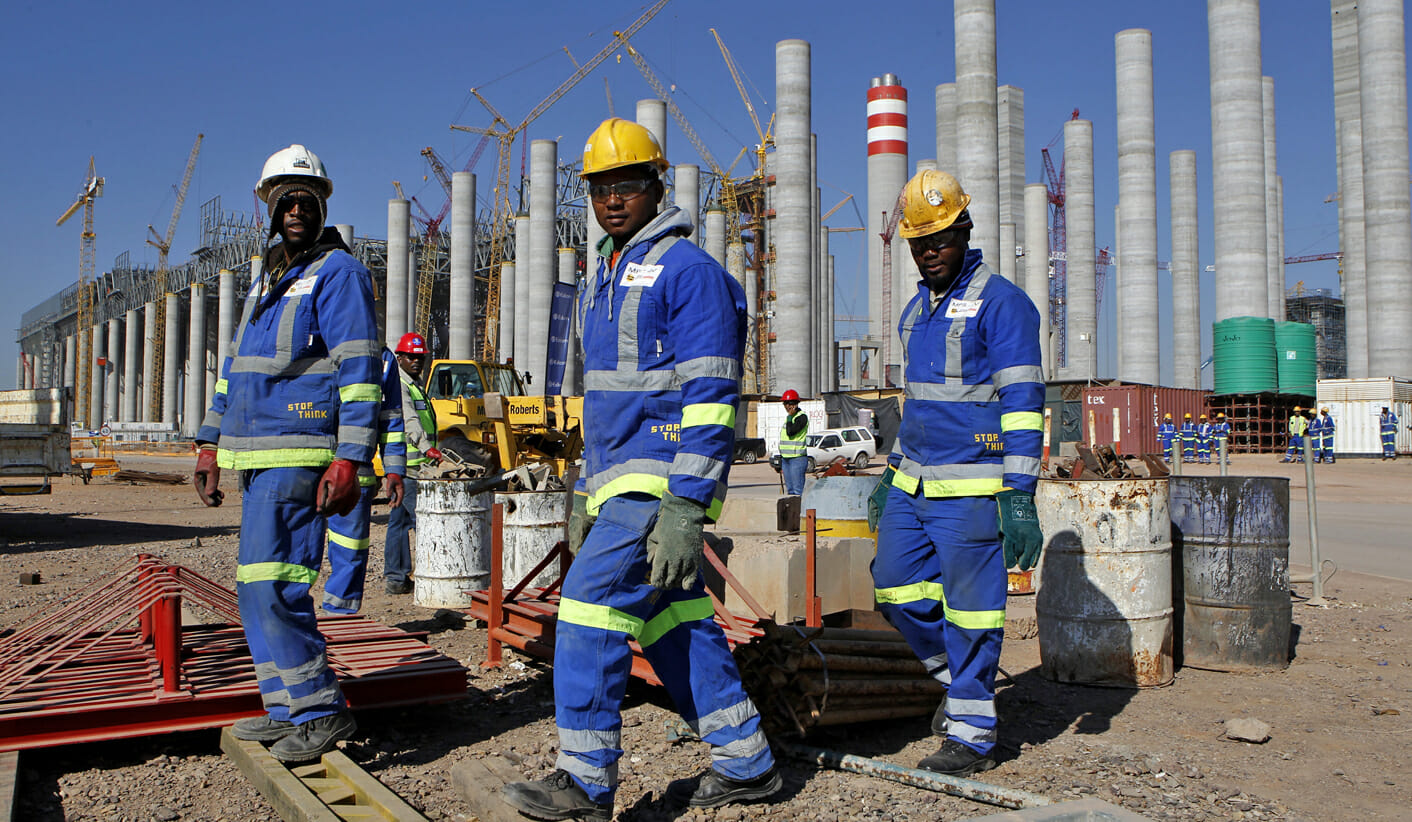Construction Site Risks and Hazards
Data from the Directorate of Occupational Safety and Health (DOSH) paints a concerning picture: in just four years, Nairobi recorded 237 construction site accidents, with 32 fatalities. Of those seriously injured, 115 men aged 21 to 40 sustained life-altering disabilities, while more than 70% of those injured or killed were under 40 years old. https://www.business-humanrights.org/en/latest-news/kenya-study-blames-high-rate-of-injuries-deaths-in-construction-sector-on-contractors-negligence-in-ensuring-workers-safety/
This highlights a risk issue; construction sites have become zones of risk for many individuals seeking to put food on their table. A study has attributed these alarming statistics to contractors’ negligence in ensuring workers’ safety. But how can we change this narrative? How can you, as a contractor or site supervisor, ensure that your site becomes a model of safety?
Making Your Construction Site Safer
Conducting a Thorough Risk Assessment
Risk assessment is the foundation of a safe construction site. But what does it entail? Risk assessment involves identifying potential hazards, evaluating the risks associated with those hazards, and implementing measures to mitigate or eliminate them.
Steps to Follow
- Identify Hazards: Examine every aspect of the construction site tools, materials, machinery, and processes.
- Evaluate Risks: Determine the likelihood and severity of each hazard.
- Implement Controls: To manage risks, use the hierarchy of controls – elimination, substitution, engineering controls, administrative controls, and PPEs to manage risks.
- Monitor and Review: Safety is not static. Regularly revisit and update your risk assessments as the project evolves.
Real-life incidents underscore the importance of these steps. For instance, a tragic building collapse in Mombasa, attributed to soil saturation, claimed a worker’s life. According to the National Construction Authority, proper risk assessment and monitoring could have prevented the tragedy. https://eastleighvoice.co.ke/headlines/88920/soil-saturation-behind-mombasa-building-collapse-that-killed-construction-worker-nca-report
Prioritizing PPEs (Personal Protective Equipment)
Investing in Personal Protective Equipment (PPEs) is essential and not optional. PPEs include helmets, gloves, boots, safety harnesses for climbing heights etc. They protect workers from injuries and instill confidence that their well-being is valued.
When workers feel safe, their morale and productivity improve, creating a win-win situation for both employers and employees. Neglecting this vital aspect puts lives at risk, invites legal and financial repercussions.
Cultivating a Safety Culture and Embracing Continuous Improvement
Safety is the culture you cultivate on-site and not just policies. Contractors and site supervisors set the tone.
- Promote Open Communication: Encourage workers to report hazards without fear of reprisal.
- Provide Ongoing Training: Equip your team with the latest safety knowledge and techniques.
- Lead by Example: When leaders prioritize safety, workers follow suit.
Adopting a culture of continuous improvement, such as Kaizen principles, ensures that safety practices evolve with emerging risks.
Invest in Safety, Invest in the Future
Construction sites don’t have to be dangerous. By conducting thorough risk assessments, providing appropriate PPEs, and fostering a safety-first culture, you can significantly reduce accidents and ensure a productive work environment.
At Cygnus Safety Consulting, we’re committed to helping you achieve this. Our NCA-accredited safety training enhances site safety and helps you renew your practicing license. Take the first step towards a safer tomorrow. Register for our training today at https://cygnus.co.ke/nca-cpd-training/


